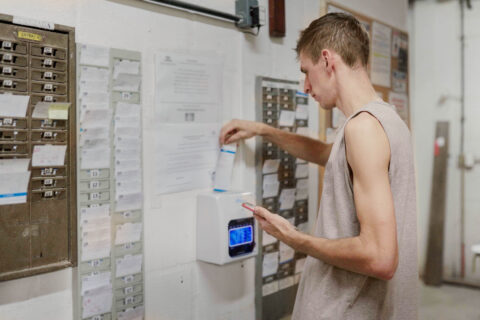As local leaders, we are responding to the impact of COVID-19 in our communities every day while also working to rebuild and rethink our local economies. Local leaders across the country have been tasked with rethinking the business sectors that operate in our towns in ways that we might not have before. As we are forced to become more forward-thinking and adapt to the realities of a recovering COVID economy, it is crucial that we do not leave the next generation behind in the process.
Many of my neighboring cities in towns in South Carolina have been grappling with a workforce talent deficit, even before the pandemic. According to research from MDC, South Carolina has more residents who were born outside of the state than those born within that have a bachelor’s or advanced degree. This means that our youth are missing out on opportunities to deliver solutions in a global economy and the jobs that can help them sustain a family. As a lifelong educator, I believe that our youth should have the opportunity to advance in the life that they want and as a local leader that I can have a hand in shaping that future.
One program that can help address this gap is Children’s Savings Accounts (CSAs). CSAs help to increase the number of low- and moderate-income children who achieve a postsecondary credential or degree. CSAs are long-term savings or investment accounts that provide incentives to help children, especially low-income children, build dedicated savings for post-high school education.
Research shows that when a low- to-moderate-income child has a savings account – even if that account holds less than $500 – she is three times more likely to enroll in college and four times more likely to graduate.
CSA programs are operating throughout the country in cities. In my home state of South Carolina, the City of Columbia started a CSA program – Columbia Kids $ave that provides participating kindergartners with a $50 seed deposit and matched the first $50 saved into their account. Although the program was growing and children were beginning to save for their future, unfortunately, the economic impact of the COVID-19 pandemic forced it to temporarily pause, like many youth-serving programs.
These programs, when implemented well, allow communities to come together to support their youth and build hope for the future. The programs also support better connections between participating families and other city programs that can help the whole family get ahead like the Volunteer Income Tax Assistance program or homeownership assistance.
CSAs are long-term savings or investment accounts that provide incentives to help children, especially low-income children, build dedicated savings for post-high school education.
I can see the direct benefit of a CSA program for the youth themselves, but I can also see how this could help my peers in education who work each day to push their kids to aspire to grander goals they might otherwise think impossible. CSAs offer an opportunity to ground that aspiration and help youth understand that they are not alone, and their educational dreams are possible. As a councilmember, the ability to cultivate a homegrown workforce with skills that can support the growth of businesses in my community would be a game-changer.
As cities move to Respond, Recover and Rebuild, programs like CSAs that build hope for our youngest residents are what we need to rebuild our communities for the better over the long term. Our communities’ economic survival and our young people’s futures depend on it.








